OK, so you’re going to make some raised beds, and might be wondering: is oak good for raised beds? And how does it compare to other woods, or other materials?
Oak can be a good material for raised beds, since it’s naturally rot-resistant, and is 50-100% stronger than other woods like pine. However, oak is heavy and more difficult to cut and drill. Oak grows more slowly than many softwoods like pine, which makes oak less sustainable.
So, yes, you can certainly use oak for raised garden beds. Depending on your situation, it might be the best choice–or there might be other materials that’d make better sense for you. Let’s take a closer look.
Is oak rot resistant?
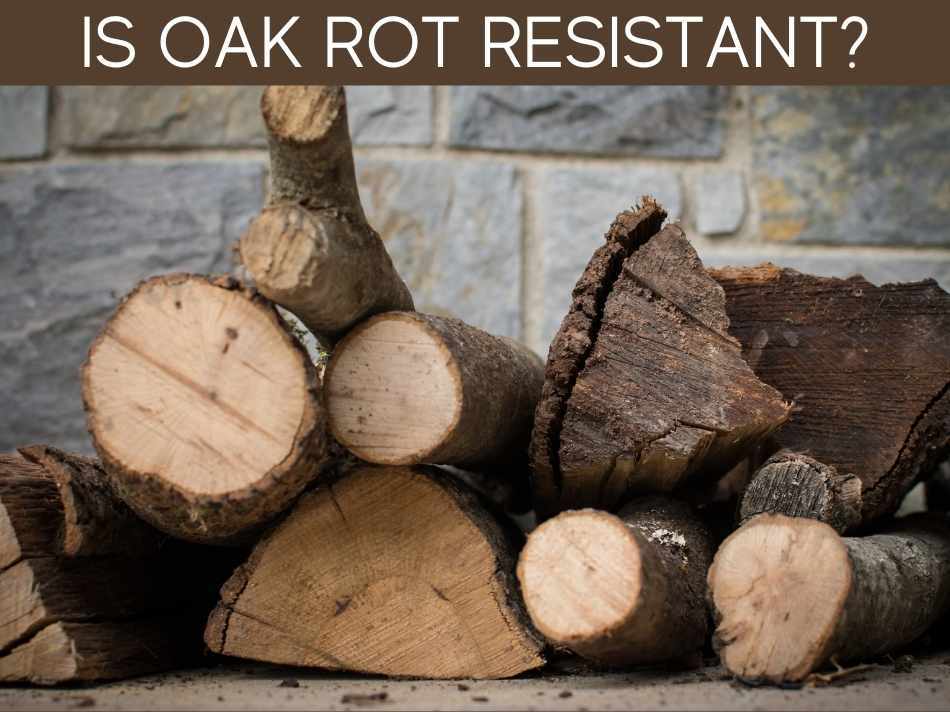
We’ve probably all seen wood that’s been outdoors or even indoors and exposed to water. Over time, the wood–especially if it stays damp or wet–gets soft, punky, and will eventually rot. And like other woods, oak can rot, but it depends on conditions.
That said, oak is more rot resistant than other common woods used for construction. However, only the heartwood–the inner portion of the trunk–is rot resistant; the sapwood–which grows near the bark–is not rot resistant.
In addition to oak, other woods that have better rot resistance include: cedar, redwood, locust, and cypress.
Oak is also one of the better alternatives to pressure-treated lumber for raised beds.
So, for raised garden beds, which are almost always outdoors, rot resistance is a big concern. And, yes, oak tends to be better at preventing decay than pine and other common woods.
Is oak strong?
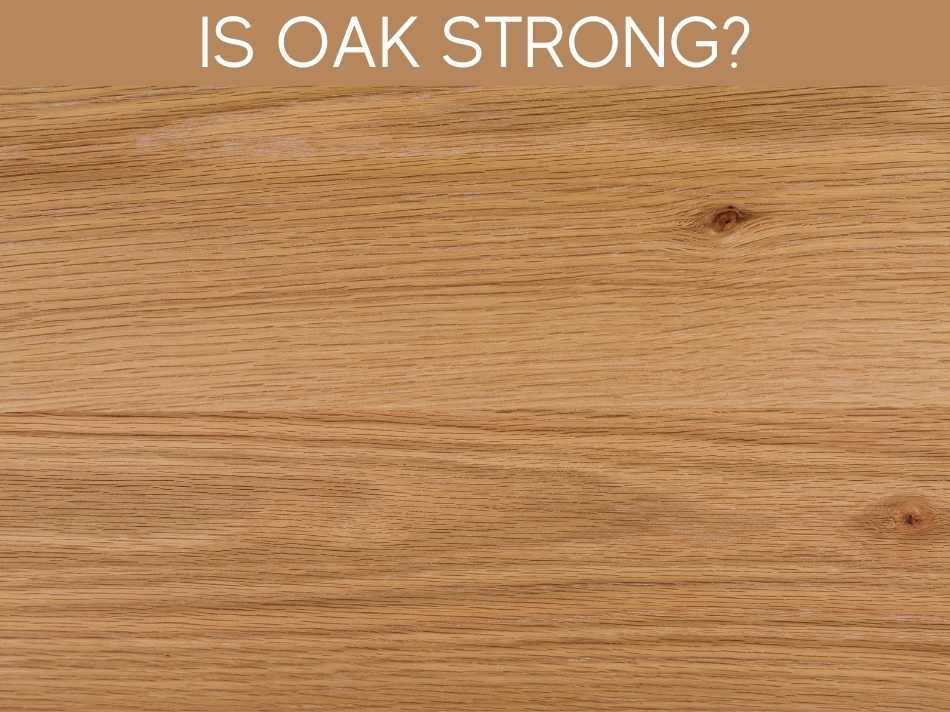
There are oodles of different wood species available for construction, and if you’re taking the time & expense to make raised beds, you want to use wood that’s strong.
No sense building a raised bed that’s going to warp or crack under the pressure from a couple cubic yards of wet soil. Fortunately, with oak, there’s good news.
Oak is one of the strongest commonly-available construction woods. Oak is 50-100% stronger than cottonwood and white pine. The only comparably strong woods are maple and walnut.
Yes, you can use pine for raised beds, since it’s typically less expensive than oak, but oak is definitely the stronger wood.
So that’s great news for construction projects like raised beds–oak is strong & durable. The downside though is that because it’s so strong, oak is harder to work with–in other words, harder to cut & saw, and drill through.
Oak is durable
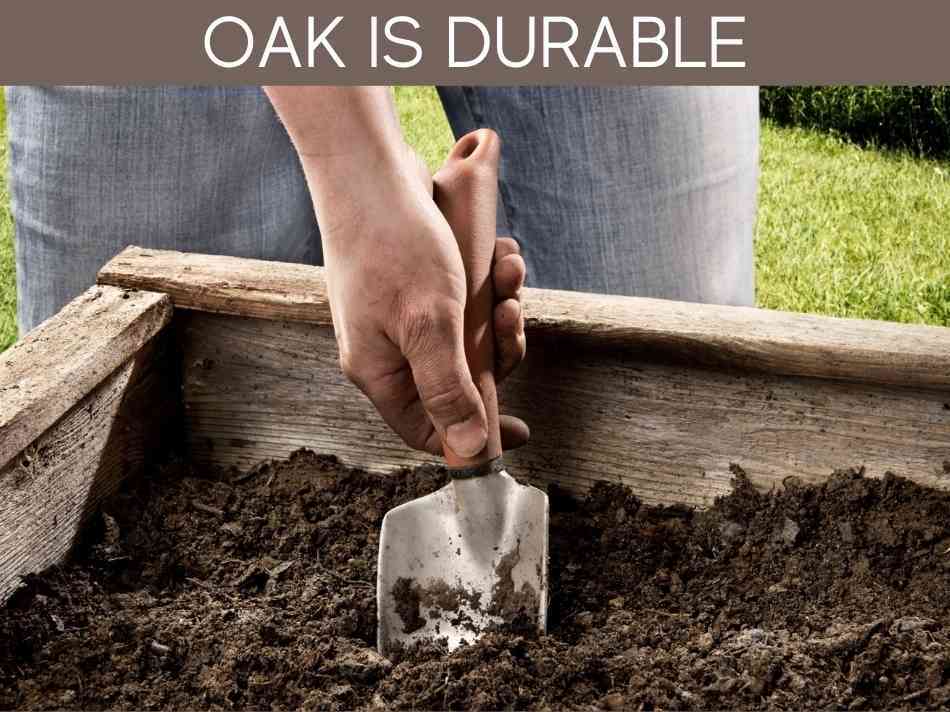
Oak is strong and durable. No other kind of wood has been known to survive, and they last up to eighty to a hundred years. Oaks can withstand incredibly strong gusts of wind and storms. They are also known to be hurricane resistant.
The strength of an oak tree is often attributed to the tree’s curved branches, and robust root systems. Oaks also tend to grow fairly quickly which makes it a more sustainable choice.
Carpenters and builders have unanimously relied on oak over other kinds of wood, not just for raised beds but also for more complex projects, such as building support beams.
Building a raised bed in your garden using oak wood will mean that the raised bed will stay strong for years to come. Their durable nature makes them resistant to the vagaries of weather.
Oak raised beds will stay strong in all climates, from dry weather to places that experience heavy rains.
Oak is versatile
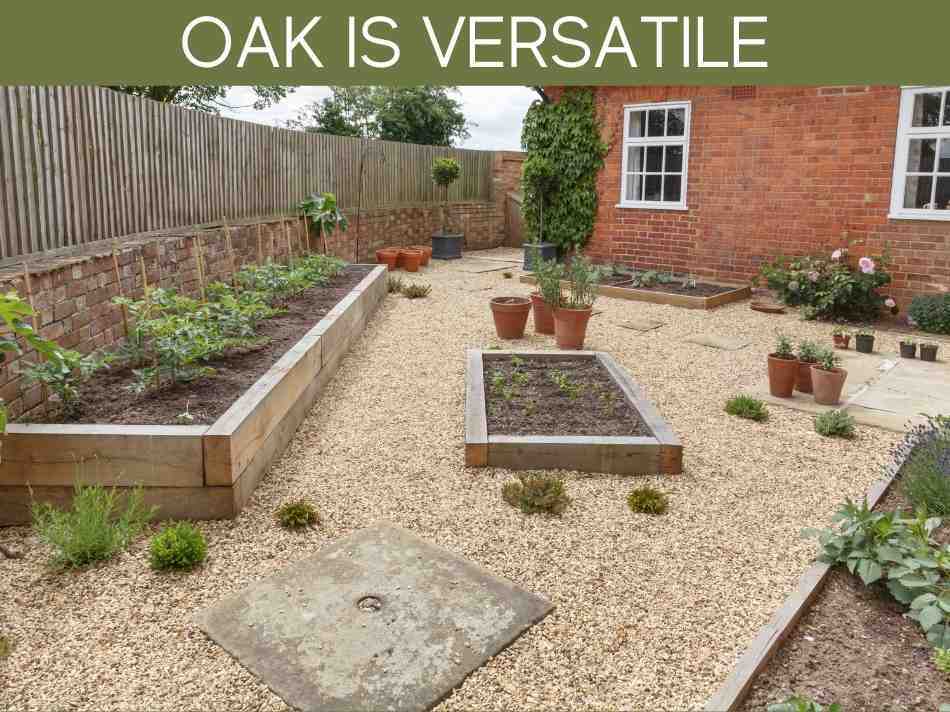
As a widely used material for all home-related projects, oak wood is versatile. It’s used to build both indoor and outdoor structures, as well as furniture and flooring. Oak the perfect material to use for your raised garden beds due to its versatile nature.
Garden beds constructed using oak wood require no maintenance. Once built, you can start using it immediately and keep using it for the years to come.
Check to make sure oak lumber is sustainably sourced
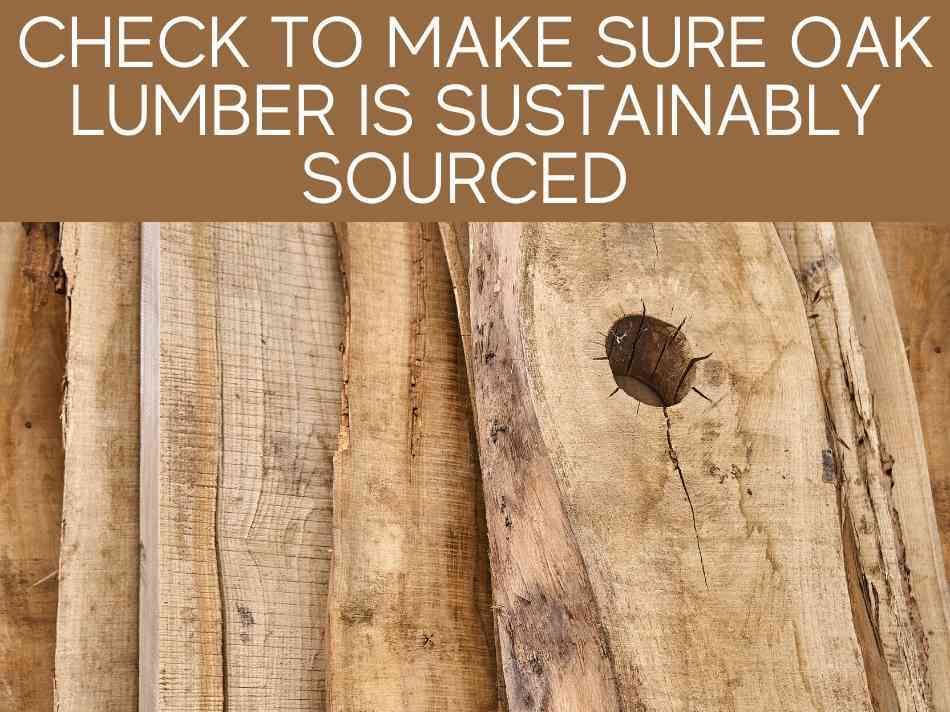
For centuries the oak wood has been used for building homes and things for the home. This is mostly due to the wood’s availability making it an affordable resource and because of the high quality and resistant nature of the wood.
Large-scale use of oak wood may deplete these natural resources and make it a rare commodity in the not-so-distant future.
It’s important to consider the source where you’re buying oak lumber.
These days, large-scale deforestation has made it nearly impossible for forests to regrow.
Sadly, we’re harvesting faster than these trees can grow. It’s vital to make sure that your oak lumber is responsibly sourced and doesn’tt contribute to deforestation.
Some suppliers ensure that the oak wood is brought in from sustainably managed forests. These forests plant one or more oak trees for every oak tree they cut.
Oak is naturally beautiful
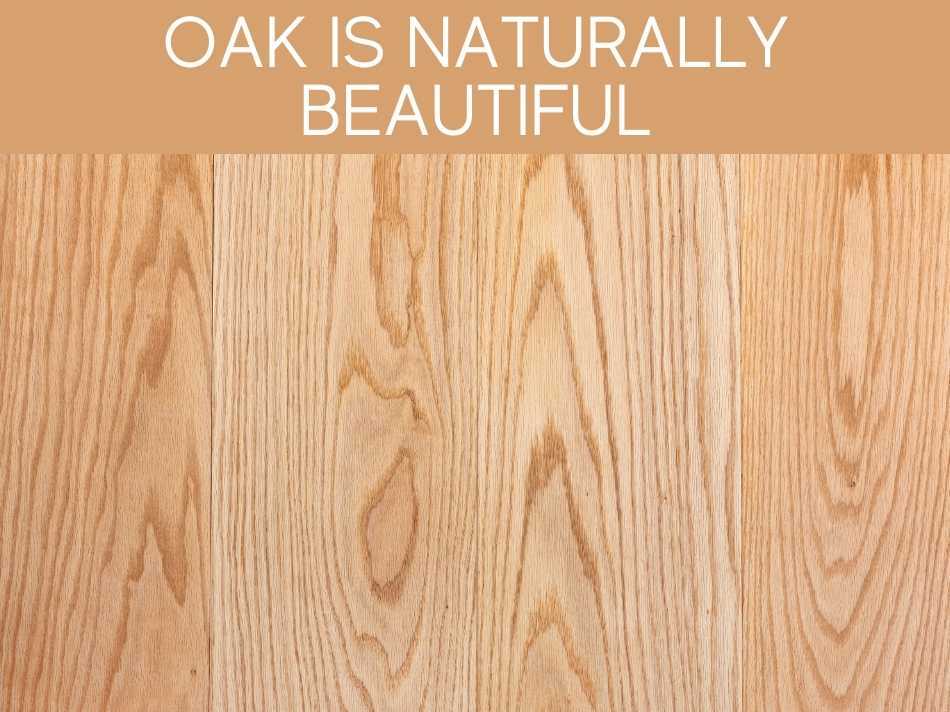
Oak wood has an elegant texture and an attractive wood grain, which gives it a rustic look and adds character to any space where it is used. Oak wood is often used in building the interiors of a home because it gives a warm tone to the house.
There are floors and furniture made of oak wood, and many have even dabbled in making strikingly beautiful chandeliers and kitchen cabinets because of its naturally beautiful look and texture.
In garden beds, oak wood not only blends in with the surroundings, but they also add to the beauty of the garden because of its rich color.
Since oak is costly compared to other materials and wood, many people prefer to display them in their homes. Having raised garden beds made of exposed wood is also a nice way to showcase the beautiful grainy texture of the oak wood.
Building raised beds with green oak
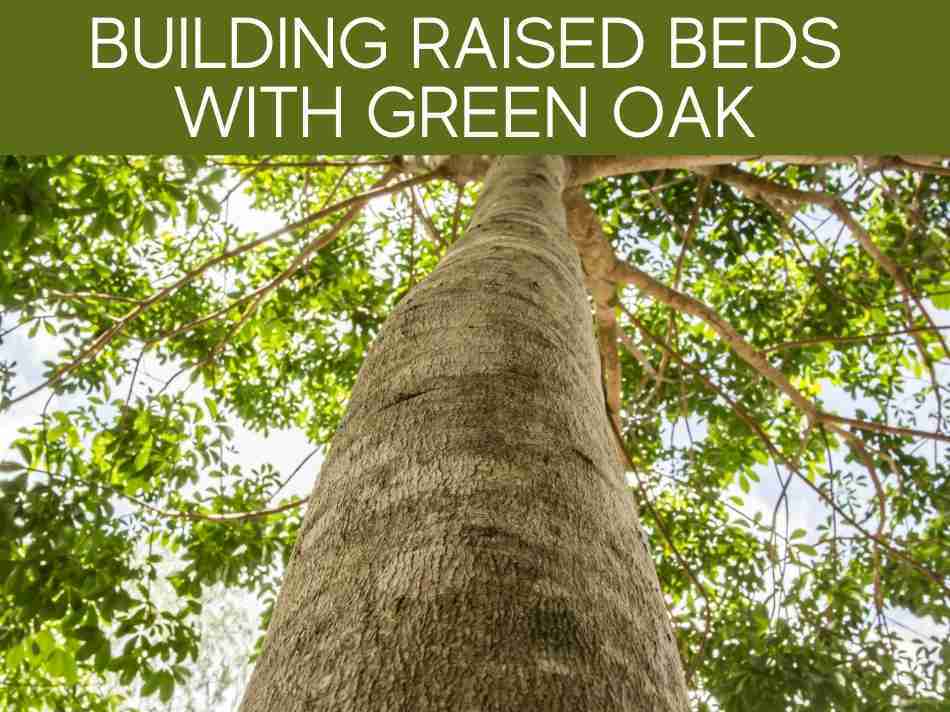
Green oak is a timber that’s cut off from a fairly young oak tree, usually within 3-18 months old, with a moisture content between 30-80%.
The higher the moisture content, the more likely it is to move and adjust before finally fitting into the shape in which it has been built. With time, the wood will be weathered, and it will settle into a rigid position securing the garden bed’s structural integrity.
However, green oak has its advantages as it can be cut to order, while seasoned oaks such as air-dried oak and kiln-dried oak are mostly pre-cut and so there may be some size restrictions for the buyer.
Oak is highly resistant to wear & tear
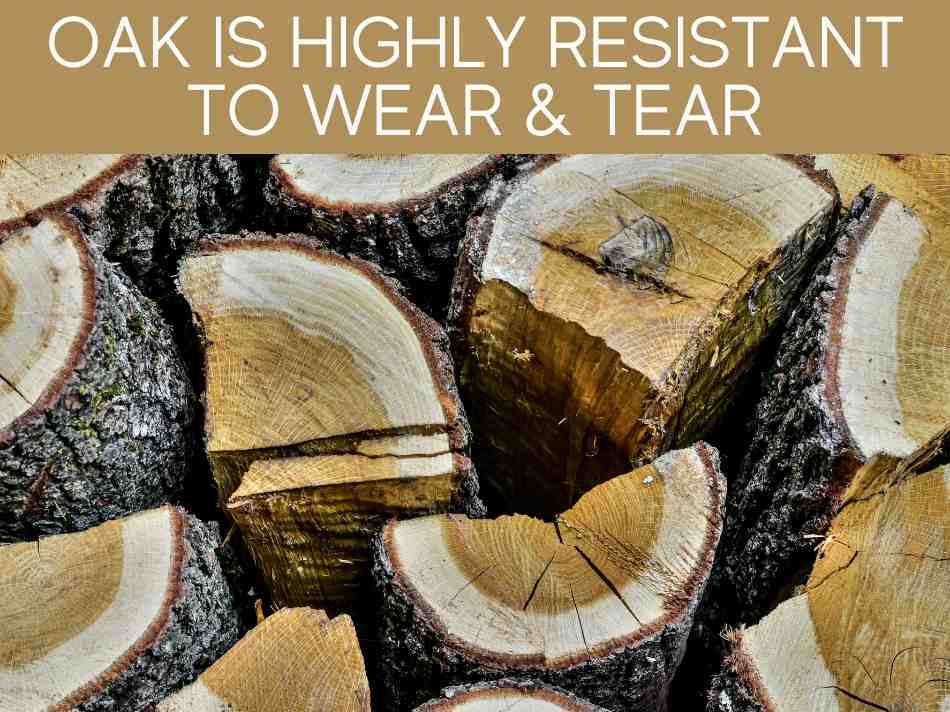
Due to the presence of tannin, oak wood is extremely strong and weather resistant. It is also resilient against fungi and insects making anything constructed of this wood a durable product. Garden beds can often become infested by pests and insects.
Reviving the soil and repairing the damages done to the plants alone is a Herculean task. If the thing that houses your garden suffers, your garden bed also gets damaged. It only adds misery due to these infestations.
Is oak water resistant?

Oak is used not only for home building and renovation projects, but even for building boats.
Oak’s natural water-resistance is not only good for building boats, but also garden beds.
In areas that receive heavy rains, soil can often retain moisture for prolonged periods of time. This, in turn, may lead to decay and pest infestation in wood or lumber.
If the material used for the garden beds are naturally water-resistant, then you reduce the chances of rot and decay.
Does oak warp easily?
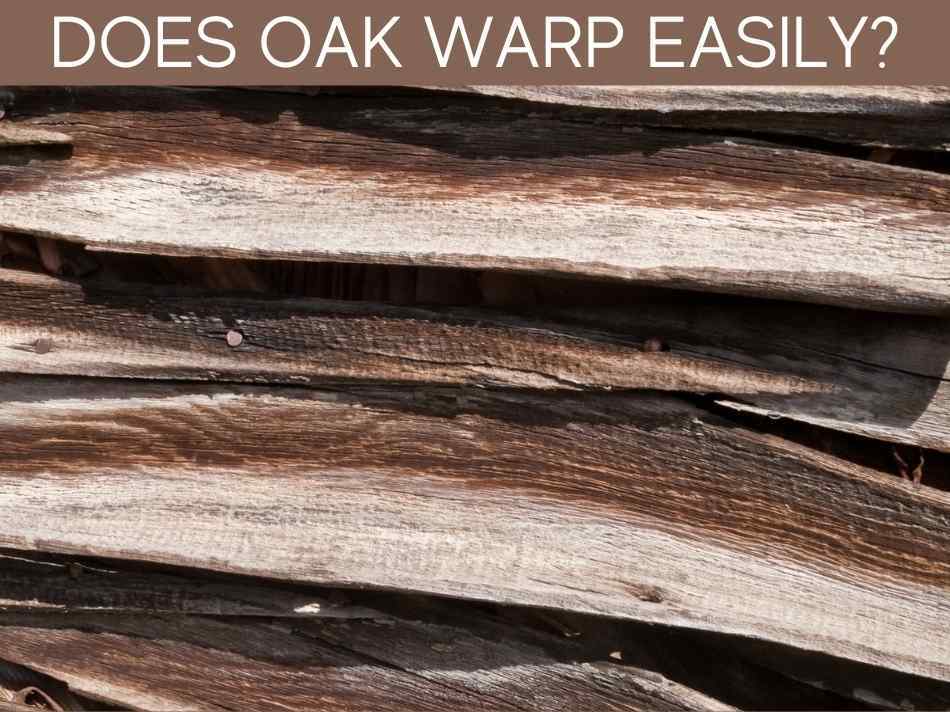
Making garden beds with oak wood means that the wood will remain exposed to the changing weather.
The rise and fall of temperature may cause certain materials, including wood, to warp and bend.
However, because oak is naturally water- and decay-resistant, it’ll resist warping even in fluctuating temperatures and weather conditions.
Disadvantages of using oak for raised beds
Despite the many advantages, there are a few disadvantages of working with oak wood that you need to bear when choosing the lumber to build your garden beds. These are some of the disadvantages of working with oak:
- Oak looks very good naturally, but it may react unfavorably to oil finishes during the wet and cold seasons.
- Oak is also a heavy wood to work with. This makes it difficult to work with, increases the carbon footprint considerably, and costs much more to transport the oak than it costs to transport the same amount of pine or Douglas fir, which are much lighter.
- It is also a much harder wood than pine and Douglas fir making it relatively harder to work with. Cutting and drilling oak wood is much more difficult than the other softer woods available.
- Another point to consider is sustainability. Oak grows much slower than pine. To source oak wood sustainably, this factor needs to be borne in mind. The fact that oak is being exported to other countries also raises potential concerns regarding the sustainability model.
- Oak is significantly more expensive than Douglas fir and pine. For instance, a 4’×8’ oak would cost around $14, while pine costs $2 and Douglas fir around $8.25.
Conclusion
When building raised beds, it’s important to use the right lumber, since the type of wood determines the garden’s longevity and health. Oak has always been a great option to build raised beds. To encourage environmental sustainability, make sure that your supplier responsibly sources the oak.

